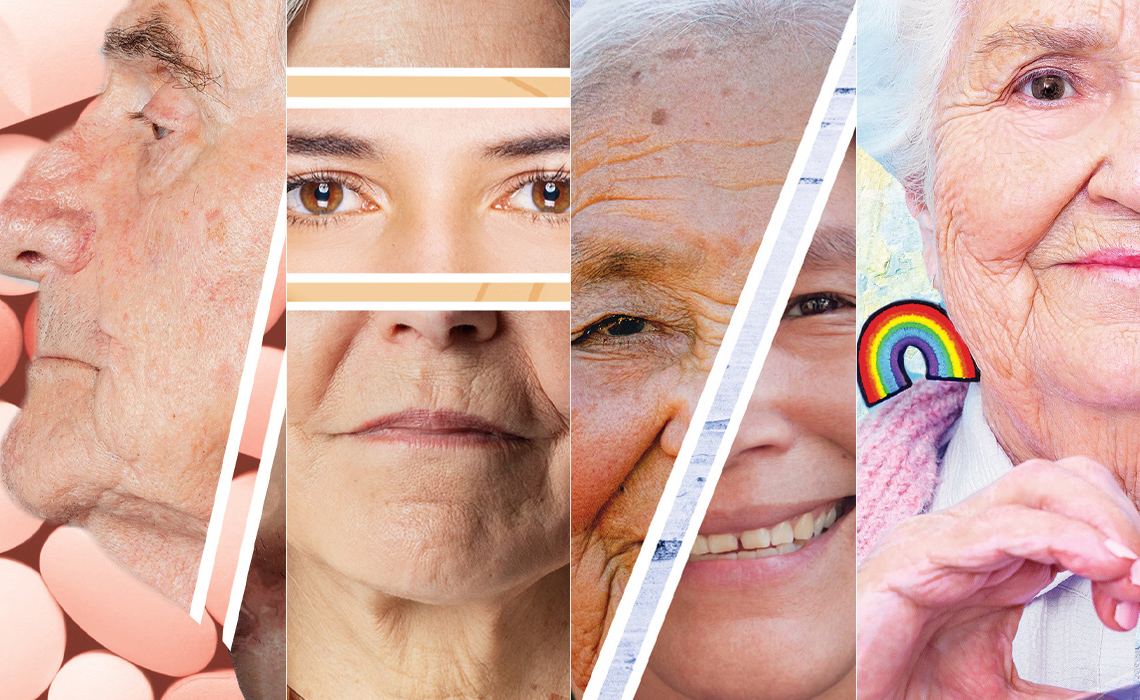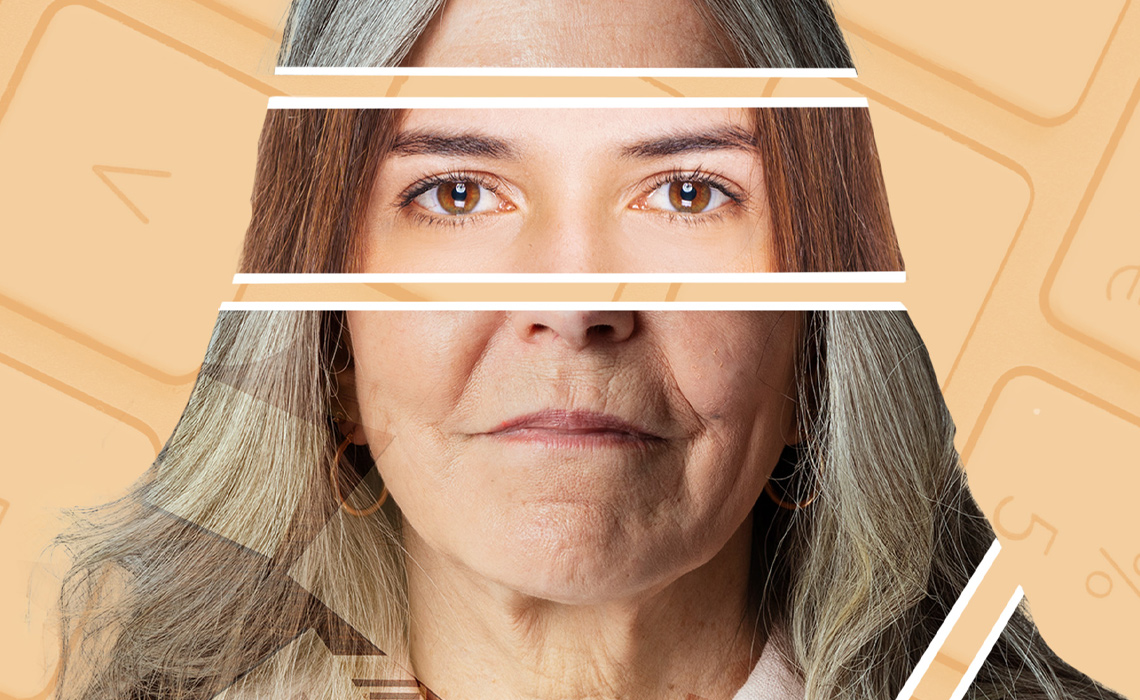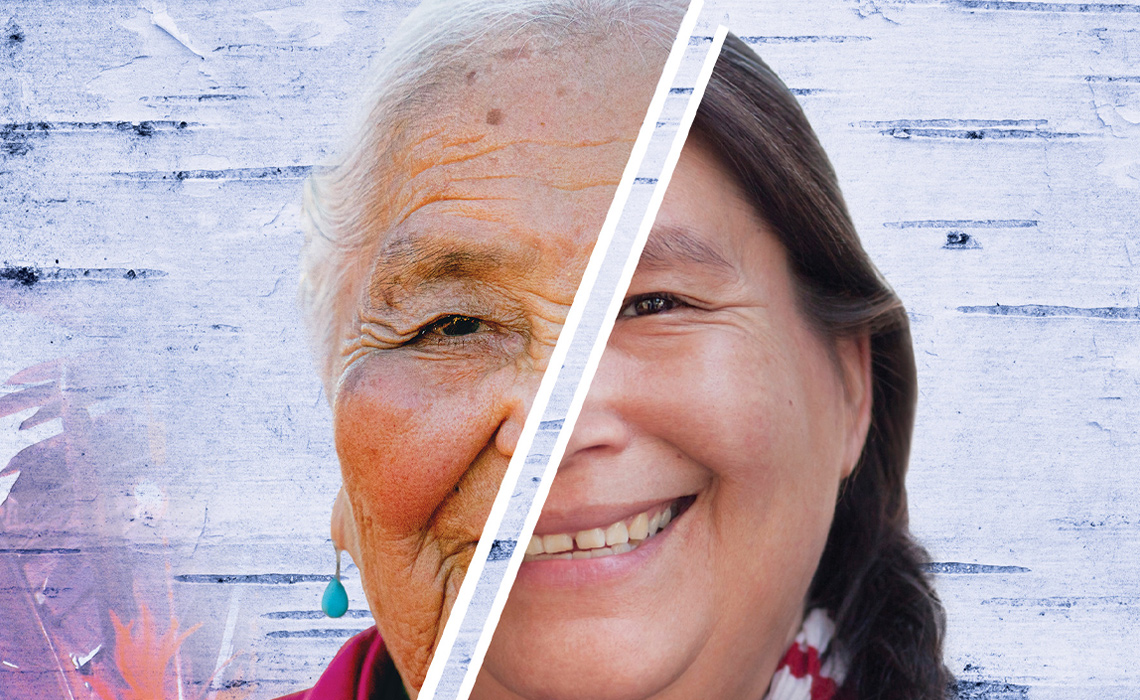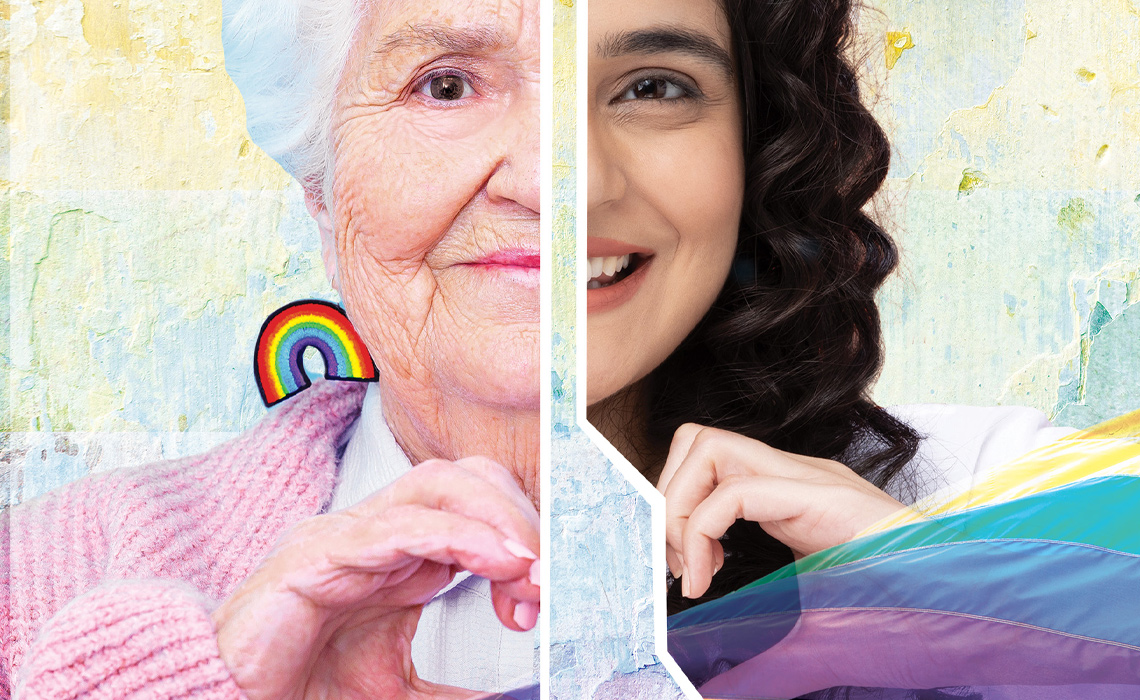Respect your elders

Editor’s note
“Ageism is arguably the last form of prejudice and embedded discrimination yet to be considered taboo,” says James Stauch, the former executive director of Mount Royal University’s Institute for Community Prosperity. Common stereotypes about older people include that they have low energy, are unattractive and are medically fragile. They can be delegated to substandard care homes and socially isolated, no matter where they live. Sometimes, they’re made to seem burdensome, cranky and hard to deal with. Modern technology? Don’t bother; it’s beyond them. Then there are systemic and internal systems that foster ageism.
This type of discrimination, more often than not, is socially condoned and not addressed. However, there’s a shift to more research and resources to tackling its pervasiveness . . . and illuminating the opportunities an aging society provides. In fact, the United Nations has deemed 2021 to 2030 the Decade of Healthy Aging, with the World Health Organization leading the charge. Four areas of action are age-friendly environments, combating ageism, integrated care and long-term care. In the coming pages, we consider ageism and how the treatment and perceptions of older people can begin to change. We look at ageism in health care and in the workplace, how Indigenous cultures treat (and revere) their Elders, and how experiences of aging can be unique in 2SLGBTQIA+ communities.
As with most of the world’s difficult problems, the solutions start with ourselves.





